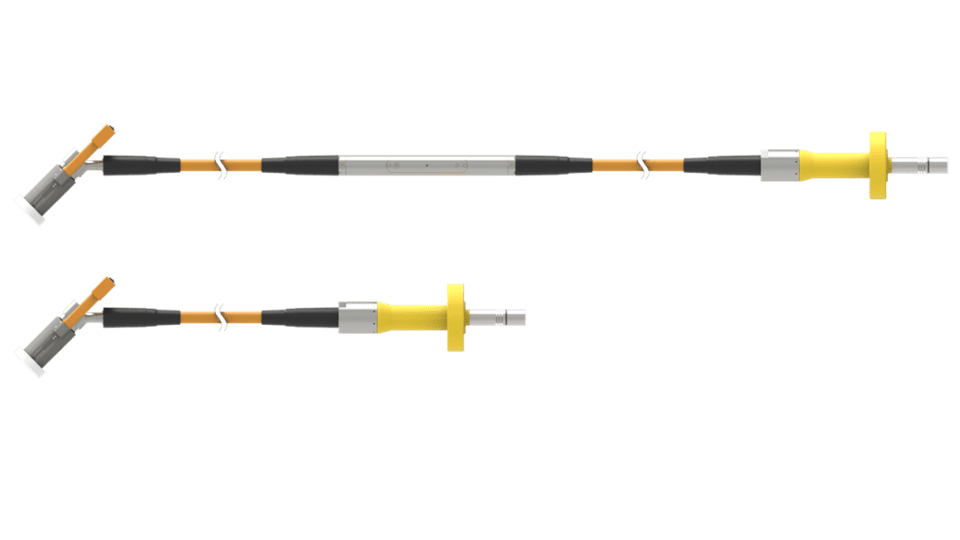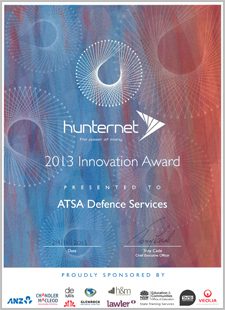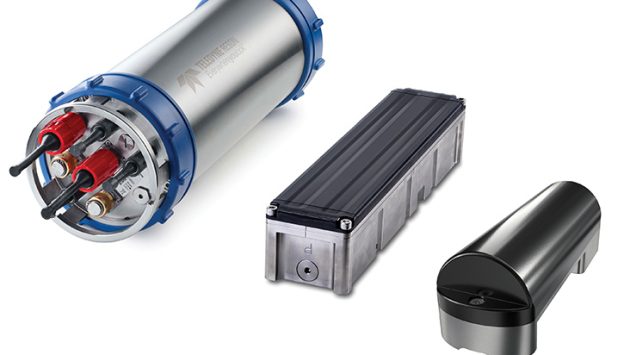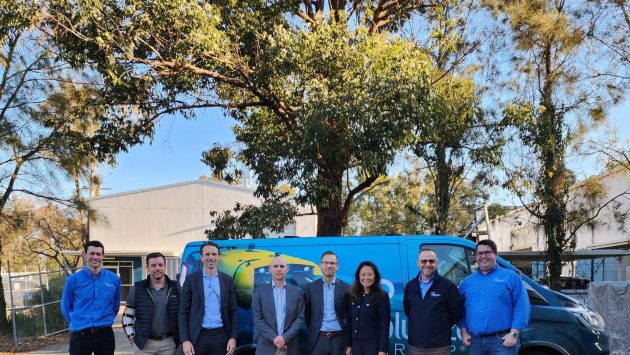CAN Bus Communication Protocol for Active Flying Lead Product Family
CAN Bus Communication Protocol for Active Flying Lead Product Family
CAN Bus Communication Protocol for Active Flying Lead Product Family
Teledyne Oil & Gas has added the Controller Area Network (CAN bus) communication protocol to its Active Flying Lead product family. The subsea oil and gas industry has standardised to “fault tolerant” CAN bus communications for sensors and other subsea controls. This variation has a limited transmission distance for single node or sensor systems of only 40 metres. Teledyne has recently qualified three new configurations that extends the range of the CAN bus signal to up to 5,000 meters.
The Active Flying Lead product line is characterised by integrating specialised electronics into qualified highly reliable atmospheric housings located directly within a subsea cable, or flying lead. The ability to run CAN bus signals longer than before allows for greater flexibility in the placement of sensors in an oil field or subsea observatory. The alternative is to locate a control pod near the desired sensor placement, or by modifying the sensor location, even though an alternative location may have been more effective.
BlueZone Group provides support for Teledyne Electric Flying Leads in Australia with support engineers recently training with Teledyne Oil & Gas at Daytona Beach in Florida. BlueZone GM Offshore Oil & Gas, Mark Musarra, said that developing the capability for EFL maintenance, repair and test in Australia provided an important service for BlueZone customers. “BlueZone and Teledyne Marine recognised the need improve service capability in Australia and we have worked closely together to establish this new service from our Perth workshop,” said Mark.
Read more about the Active Flying Lead family here:
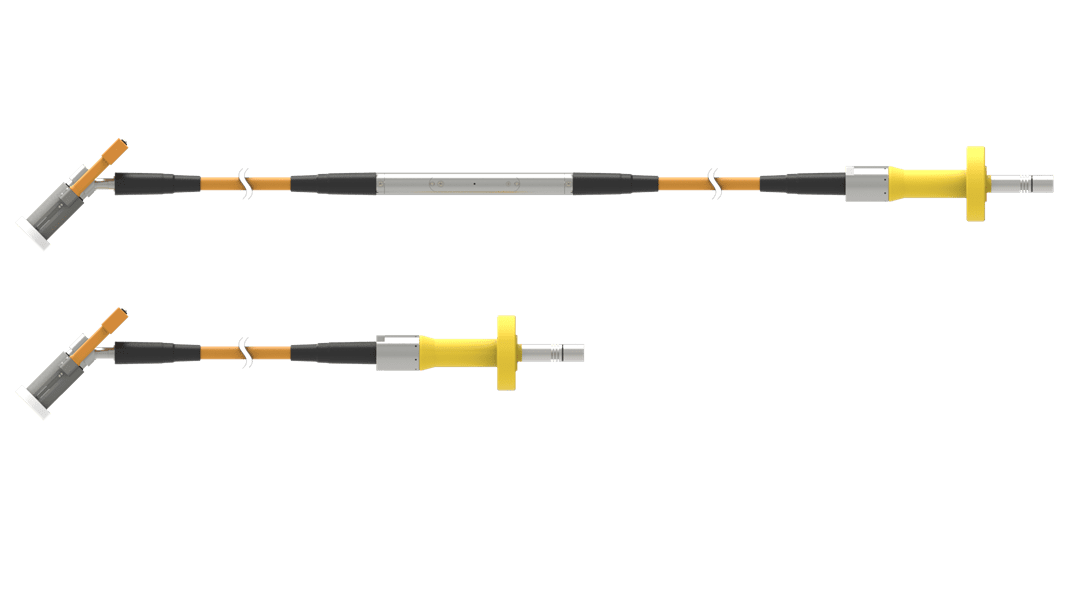 |
| Teledyne Active Flying Leads include integrated electronics into qualified highly reliable atmospheric housings located directly within a subsea cable. |

